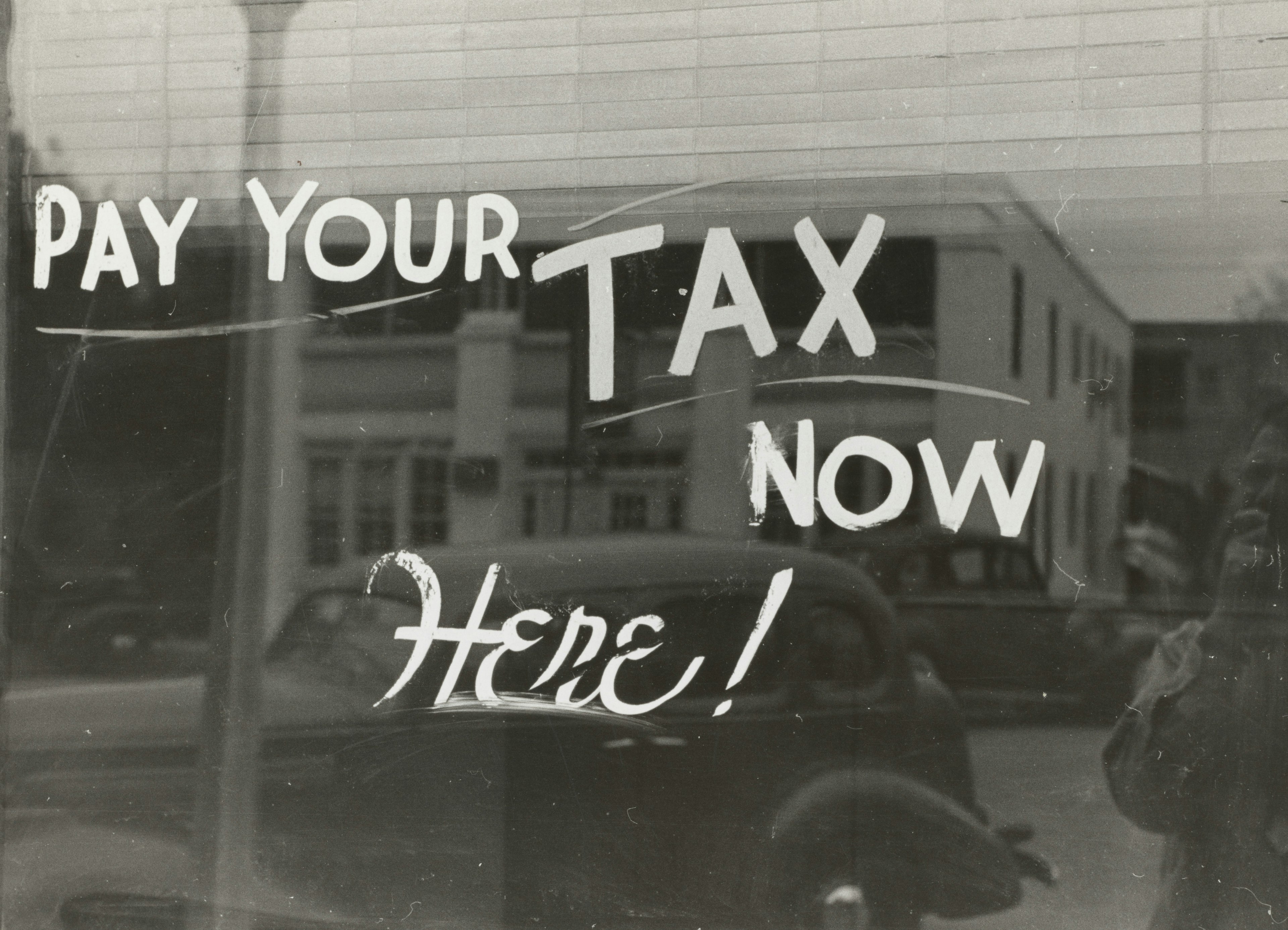You are finally an adult with an apartment, a job, and an employer who offers a 401(k). Congratulations! Although you have this great benefit, you may not be sure how it works, if it’s for you, or what to do with it.
Consider this article the FAQ for everything 401(k) for the young professional at their first job.
Beyond 401(k)s, for more general benefit questions, I recommend this blog post: Employee Benefits Questions You Need to Ask Before You Enroll.
What is a 401(k)?
A 401(k) is a type of retirement savings account offered by your employer. It’s considered an employee benefit because it is an excellent place to save and invest your money so it will grow for your retirement. Many employers also offer to match a portion of the employee’s contribution into the plan.
For example, if you contribute 5% of your salary, your employer may also agree to add an additional 5% of your salary to your 401(k) account. That 5% employer contribution is in addition to your regular salary.
With a 5% employer match, if Hassan earns $50,000 and contributes $2,500 to his 401(k), then his employer will contribute and additional $2,500. That $2,500 employer match is on top of his existing salary or - free money.
Not sure how to balance paying down debt (student loans, credit card debt, etc.) with contributing to your 401(k)? Read this article: Pay off Debt vs. Retirement: How to Prioritize
Why should I participate in a 401(k)?
There are many benefits, both present and future, to contributing to a 401(k). Today, any money that you redirect from your income into your 401(k) account is immediately removed from your taxable income, which will lower your tax payments this year.
Consider this: Sarina earns $50,000 per year and contributes $500 per month or $6,000 total during the year to her 401(k) account, instead of paying income taxes on her $50,000 gross salary, Sarina is only taxed on $44,000 per year ($50,000 minus $6,000). So right off, she saves money on her current income taxes if she contributes to a 401(k).
While the money is in the 401(k) account, it will not be subject to any income taxes. So, unlike other types of bank or investment accounts that tax your income, dividends and capital gains, there are no taxes levied on any income earned within the 401(k). This benefit equates to actual dollars saved. You’re saving more money on taxes during the years that you hold the 401(k). Without paying taxes on the 401(k) monies, your money will grow faster, yielding you greater funds when you are ready for retirement.
Finally, Social Security’s average payout in 2016 is $1,295. It’s unlikely that you’ll be able to live solely on Social Security income. Thus, a 401(k) is an ideal place to save and invest for your future. It’s wise to divert some of your today’s income for your tomorrow, when you retire and stop working.
How much does a 401(k) cost?
This question is trickier than it may seem. Every 401(k) plan has management fees that go along with the program. The fee structure varies among the different types of plans; some 401(k) plans have low fees, others don’t. It’s wise to investigate the fee structure of your workplace retirement plan. Don’t be afraid to ask your plan administrator about the 401(k) plan fees.
If your employer doesn’t offer a 401(k), then ask them to set up a low-fee plan>>>
In addition to the plan administration fees, every mutual fund or exchange-traded fund has a management fee as well. A low-fee index mutual fund might have a minimal fee of 0.05% of the invested assets whereas, a more expensive mutual fund might charge over 1.00% annually for the fund management.
Obviously, it’s prudent for the young professional to consider all of the fees in their 401(k) program. When choosing individual funds, in most cases, it’s wise to choose lower-fee index funds, as opposed to higher fee actively managed funds. The fund administrator can help walk you through the fund and plans fee structure.
A small difference in fees of just one percent can cost you thousands of lost dollars over a lifetime of retirement savings. Consider the illustration below of how a one percent difference in fees could cost you $1,000 of spendable income each year during retirement.

Calculator source: https://personal.vanguard.com/us/insights/retirement/cost-affect-retirement-spending-tool
What happens if I don’t participate in my 401(k)?
The biggest mistake in not participating in your workplace 401(k) is missing out on the free employer matching contributions. Even if your budget is extremely tight, it’s important to take advantage of the employers matching contribution and contribute enough money to receive the match.
Another consequence of not participating in the 401(k) is falling short of money when retirement hits. Although you may believe you have plenty of time to worry about saving for retirement later, if you start saving a small amount now for retirement, you’ll need to save far less in total than you would if you waited until you were older to begin saving for retirement.
Which investments should I choose for my 401(k)?
401(k) plans vary widely on their available investments. In general, you want to consider your time horizon, or when you expect to retire and also how comfortable you are with risk or investment volatility. Investing is a great way to grow your wealth, and over the last 50 years’ investors have enjoyed robust returns with an average annual return of 9.61% per year in stock mutual funds (as represented by the S&P 500 index) and 6.71% in bonds (as represented by the 10-year Treasury bond). But these handsome returns mask the underlying volatility of those average investment returns. For example, in 2008 the S&P 500 stock index fell -36.55% in one year. Yet, the index returns during the next 5 years, 2009-2013 were quite stellar; +25.95%, +14.82%, +2.10%, +15.89% and +32.15% in 2013.
First, investors should decide which percent they want to invest in more volatile stock funds and which percent to invest in more conservative bond funds. After that, the investor should select low fee diversified index funds or a target date mutual fund.
For more detail on the best way to set up and adjust your 401(k) investments, read:
Finally, saving for retirement is a necessary evil of adulthood. Wait even a few years to get started and achieving a fat retirement stash gets more difficult. Even if you can’t afford to contribute much to your 401(k) account today, get started with a small amount, and every year increase the percentage. Lastly, use your raises and bonuses, not to consume and improve your status, but to secure your financial future.
Beyond 401(k)s, I also recommend these articles for people just starting out in their careers:
Low-cost 401(k) with transparent pricing
Sign up for an affordable and easy-to-manage 401(k).

Article By
Barbara A. FriedbergVeteran portfolio manager, expert investor, and former university finance instructor. She has authored 3 money/investing books. Friedberg also owns the financial websites RoboAdvisorPros.com and BarbaraFriedbergPersonalFinance.com.


